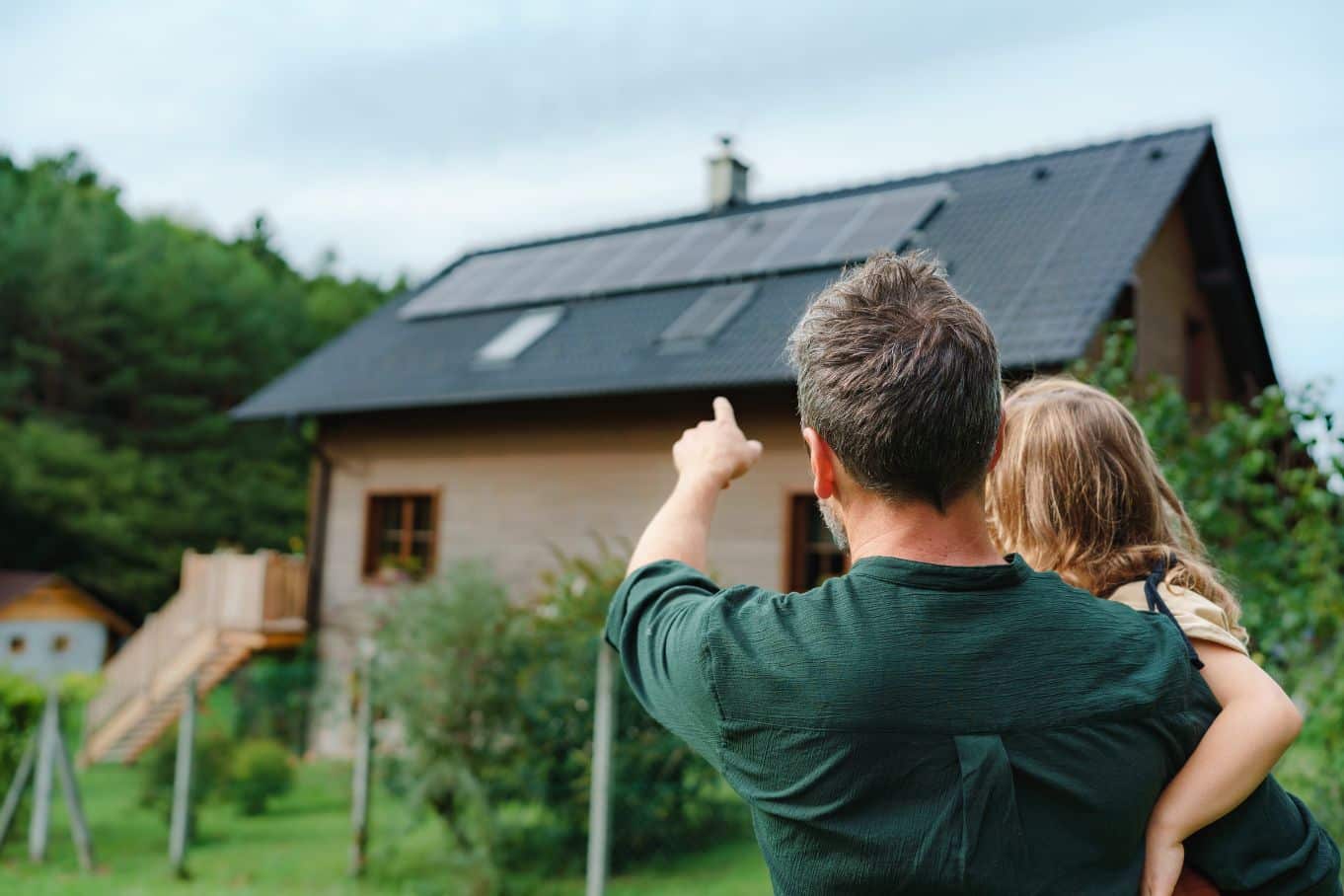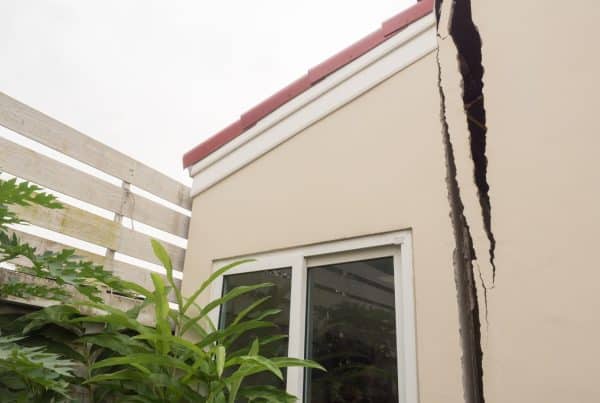Switching to solar is an empowering decision to make. You’ve weighed the environmental benefits, the long-term savings, and the impact it can have on your household’s energy efficiency. But what happens after you make this pivotal choice? The next steps can seem daunting, but with a clear plan, you’ll bask in the solar glow before you know it. Read on to learn what to do after deciding to go solar.
Find and Choose a Reliable Solar Provider
The first crucial step in your solar energy journey is choosing a reliable solar provider. This decision impacts the quality and efficiency of your solar installation and the support and guidance you’ll receive. A trusted provider will help you make informed choices about your solar setup, from equipment selection to financing and incentives. Compare and vet solar companies to find the best match for your needs and values.
Evaluate Your Home’s Solar Potential
Evaluating your home’s solar potential is the next critical step after selecting a solar provider. Many factors play a role, including the orientation and angle of your roof, the amount of daily sunlight it receives, and the placement of the solar panels. The best roofing material for solar panels is something you must consider as well—the roof needs to support their weight and last as long as the panels themselves. A professional assessment by your chosen solar provider can help determine how suitable your home is for solar panels and forecast the energy output you can expect from your installation.
Understand Your Financing Options
Understanding your financing options is crucial in your solar energy transition. The method you choose for financing your solar panels can significantly affect the upfront costs, long-term savings, and return on investment. With various options available, such as solar loans, leases, and power purchase agreements (PPAs), choosing a solar installation financing option that aligns with your financial situation and goals is essential.
Obtain Necessary Permits and Approvals
With the solar provider selected and the logistics planned, the next step is to tackle the paperwork. That means applying for permits from your local government, utility acceptance, and potentially homeowner association approval. This is where your provider’s experience comes into play. They should handle the bulk of the process, sparing you the headache of navigating local regulations. Ensuring you have all the required permits will keep your installation on track and avoid any hiccups.
Prepare for Installation and Inspection
The final pre-installation step is to get your home ready for the transformation. This process may involve clearing the area around your roof, securing pets, and temporarily turning the power off. Installation itself generally takes a day or two for a typical residential system. After the installation, there will be a wait for the utility and local inspectors to sign off on your new solar system.
Now that you know what to do after deciding to go solar, you’re one step closer to a more sustainable way of living. From finding the right provider to nailing down your solar finances, it’s all part of the exciting adventure towards cleaner energy. Remember, even the small act of going solar makes a monumental difference for the planet.




